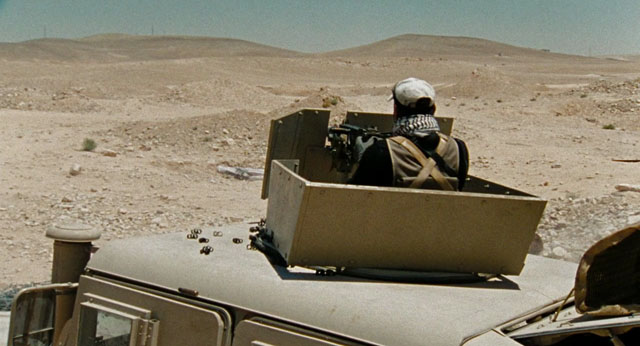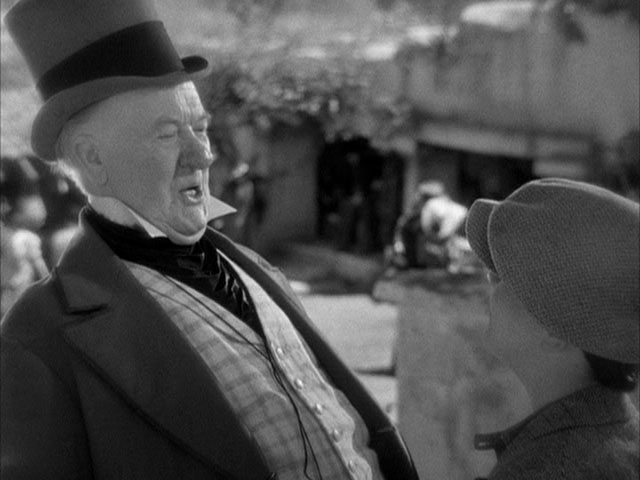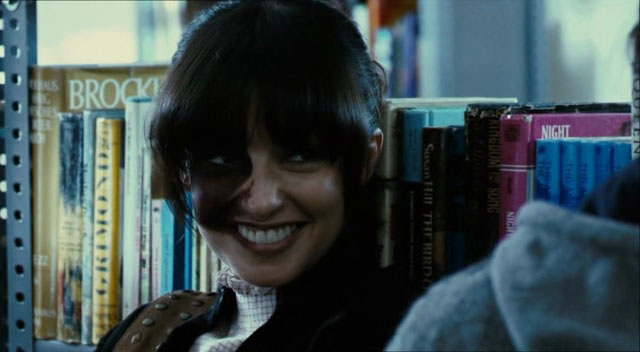This might be the final year for the retrospective-theatrical category. I hardly see anything at the High anymore and Emory has slashed their free film programs. I hope Film Love and the Plaza can take me through one more year… will suck if the only movies in theaters in 2010 are movies from 2010.
1. Do The Right Thing (1989, Spike Lee)
This is fast becoming one of my favorite movies. I was hanging out with good Emory folks, the projection was great (and loud as hell), the Fox was sold-out and reacting loudly to certain scenes (oh the laughter when Martin Lawrence was onscreen). This would’ve been number one even if Spike and cast members hadn’t also shown up for a Q&A.
2. Amarcord (1973, Federico Fellini)
The touring restoration print (I wonder how long those will keep coming) at Landmark. Most beautiful movie ever.
3. The Age of Innocence (1993, Martin Scorsese)
A “great adaptation” chosen by Salman Rushdie. I never would’ve watched this near-perfect film, and in such clarity, if Emory hadn’t played it.
4. Bizarro Sat. Morn: Halloween Edition
This was good fun and good company at the Plaza. The Ultraman episode really brought it over the top.
5. Roger Beebe program
Film Love presents an independent (avant-garde? why not.) filmmaker with a good sense of humor who runs up to eight projectors at once. The kind of thing that can’t be replicated on video. I bought the DVD anyway, just in case.
6. Ceddo (1977, Ousmane Sembene)
Watched at Emory, preceded by an announcement that the film’s distributor just went out of business, making movies like this harder to watch on film in the future, and that Emory is cutting back on film screenings. A double-whammy. If you gotta go out, though, this was an eye-grabbing way to go.
7. Toy Story 3-D double-feature
A low-key empty late-night screening with Katy at Phipps
8. Wise Blood (1979, John Huston)
Weird-as-fuck Southern pro/anti-religion drama introduced by Salman Rushdie at Emory, a few months before the DVD release when nobody was talking about this movie. Rushdie picked it as an excellent film adaptation of a novel, so I read the book and appreciated it that much more. Rushdie himself, it turns out, had misremembered the movie. He hates it.
9. The Round-Up (1965, Miklos Jancso)
Chilly Hungarian paranoia film screened at Emory
10. Godzilla, Mothra, King Ghidorah: Giant Monsters All-Out Attack! (2001, Susuke Kaneko)
The Plaza gave us a rare opportunity to see a giant monster movie on 35mm with a cheering crowd.
Runners-up were Jeanne Dielman and Dracula, both at Emory. I’m sorry, but a 3-hour Belgian art film and a slow old-timey horror flick are no match for the computer-generated wrath of giant monsters.








